


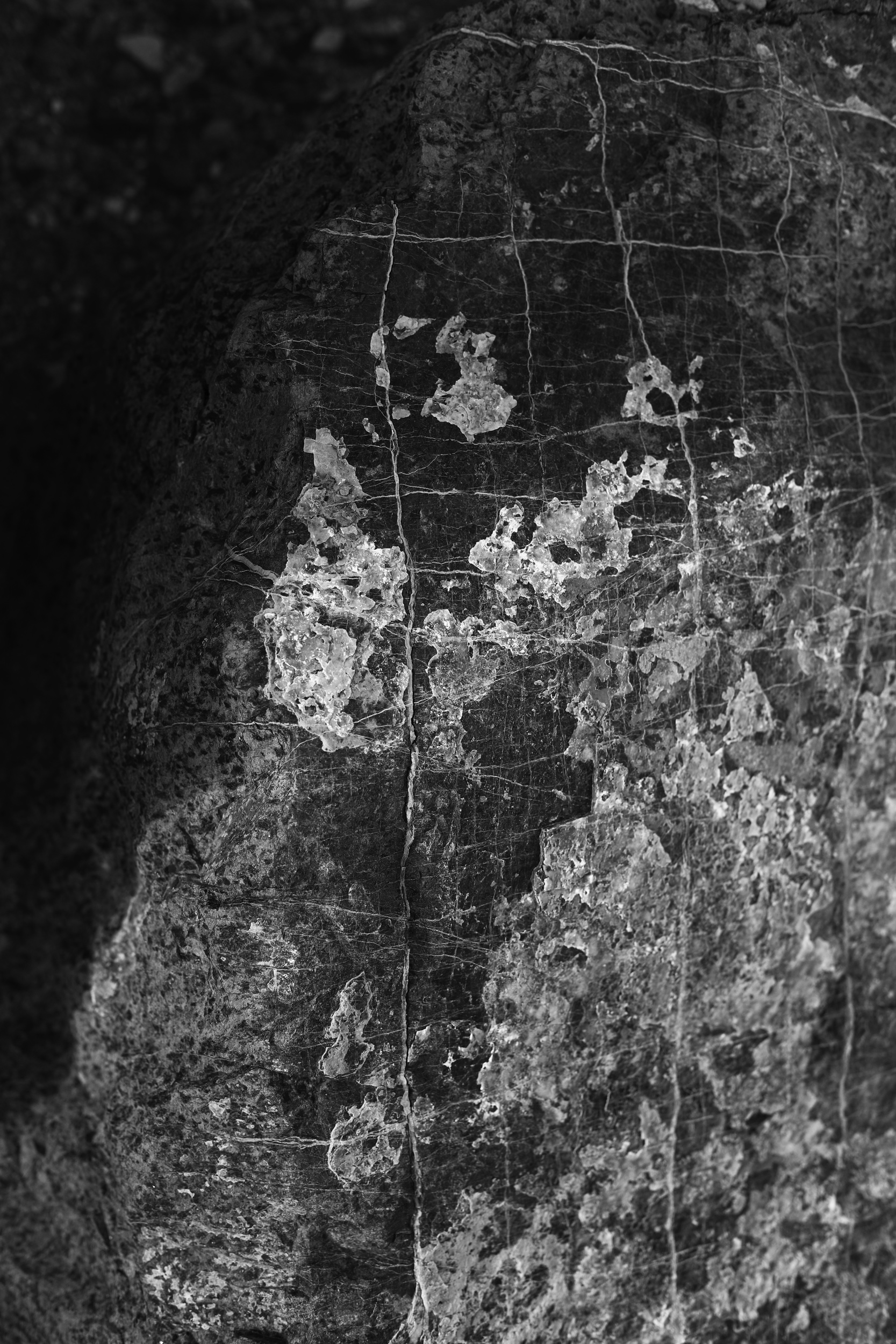

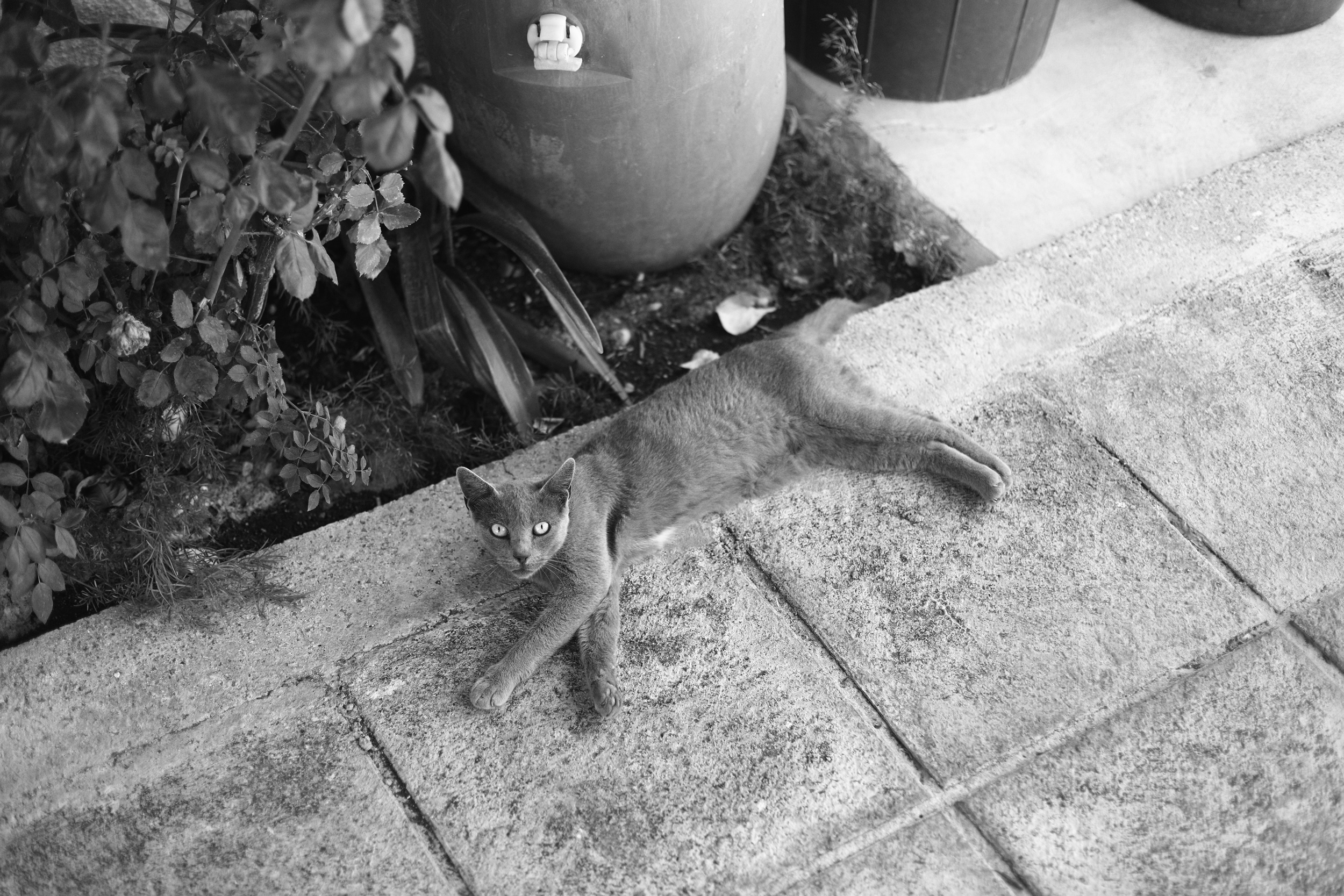
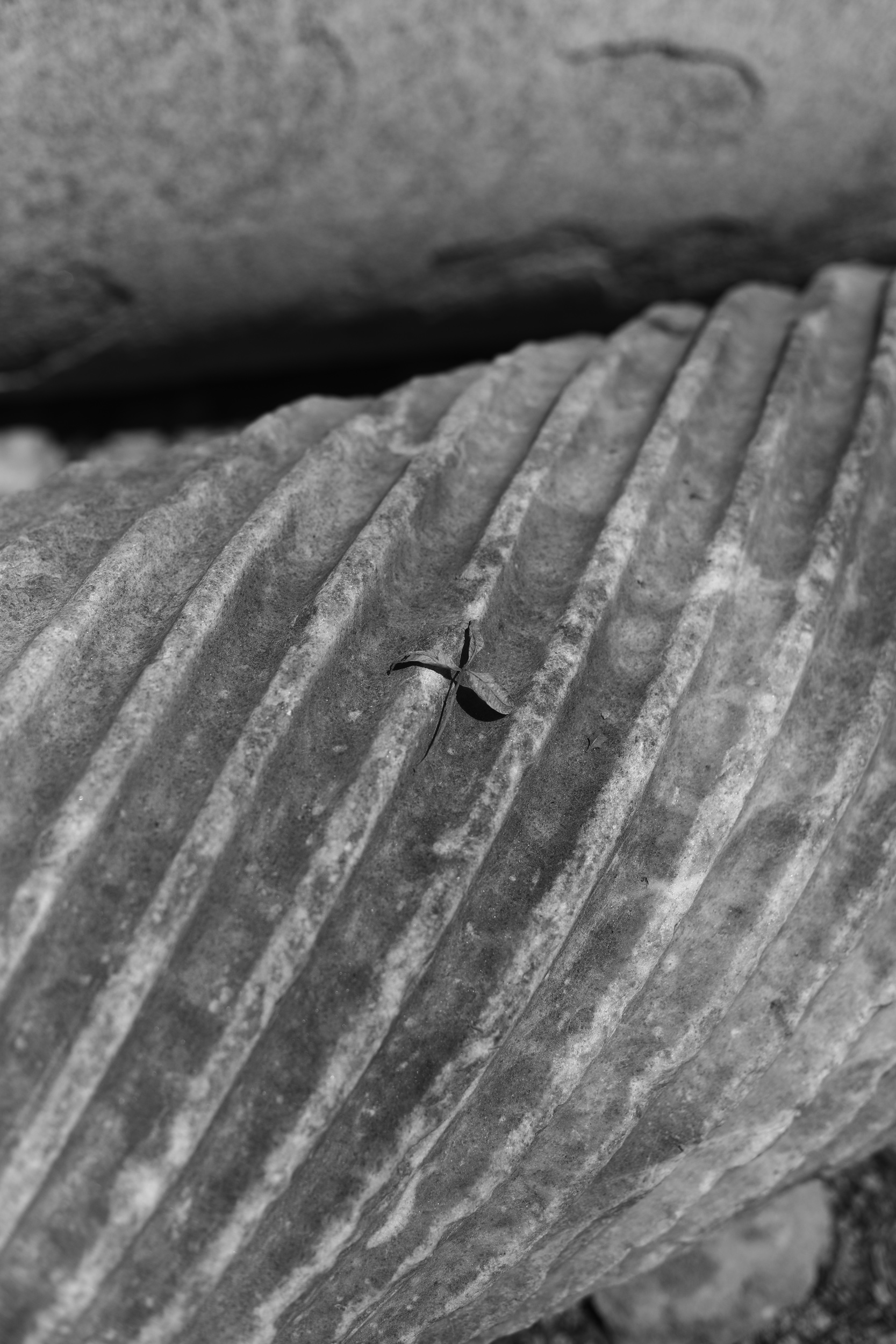





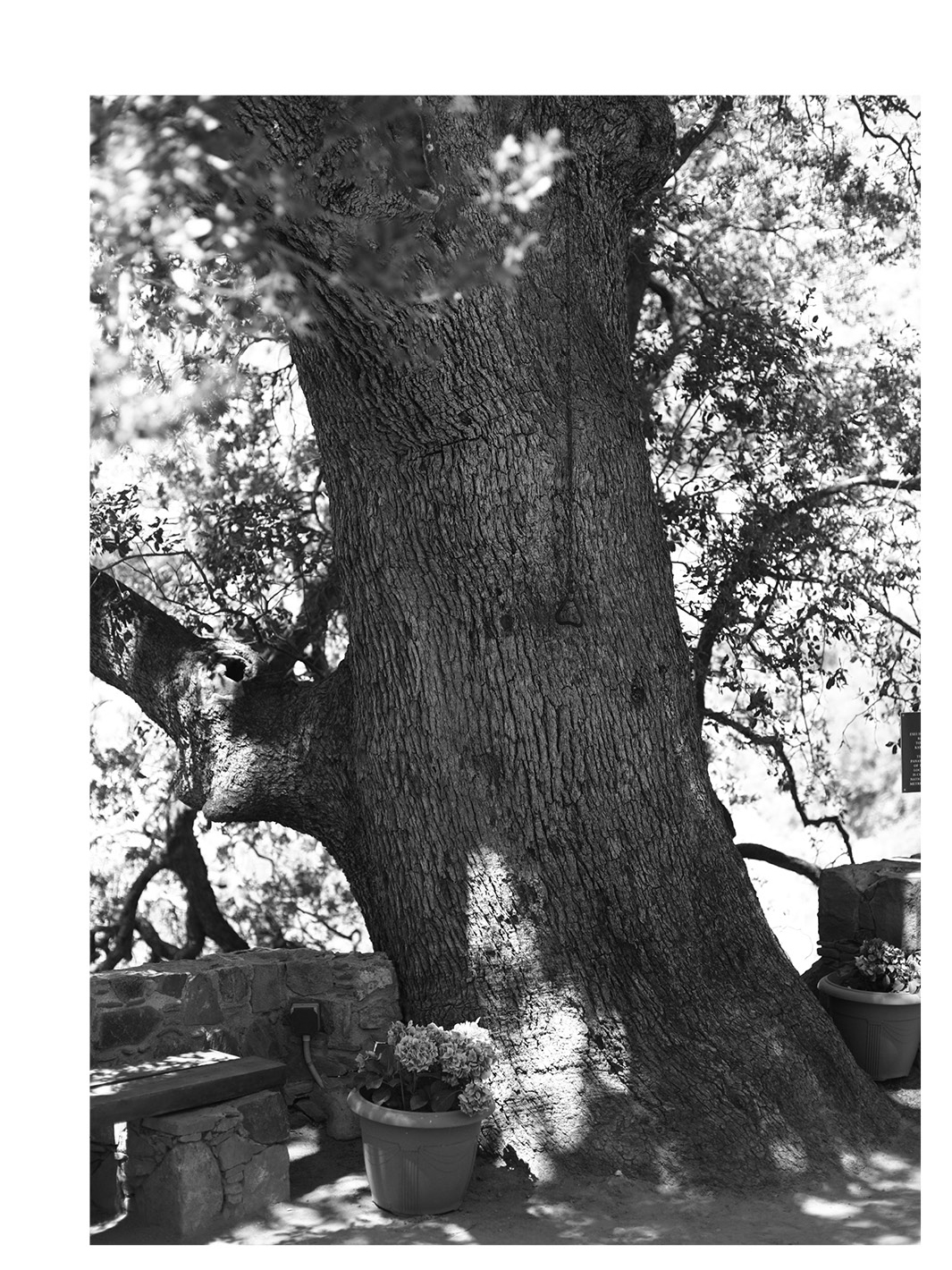
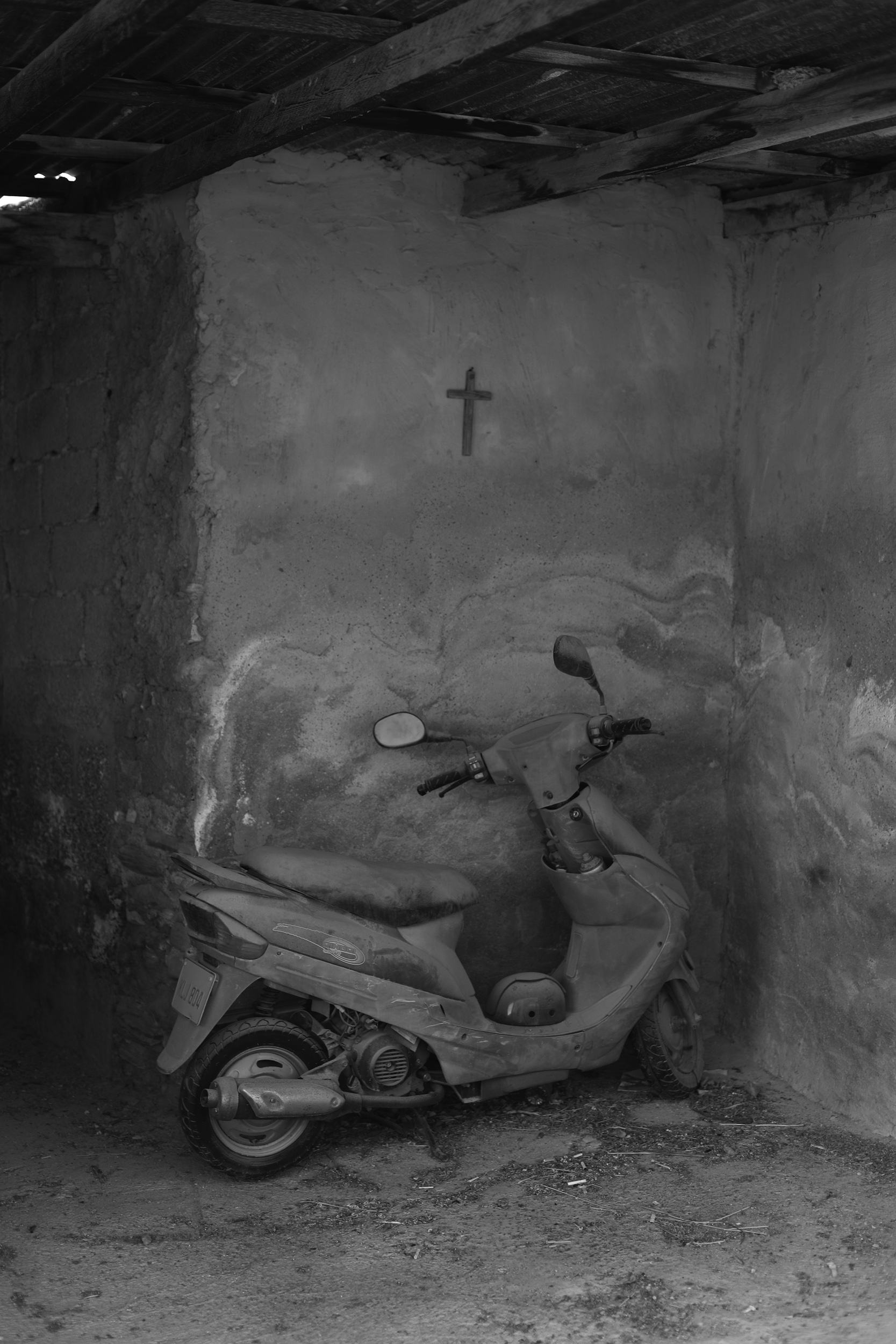





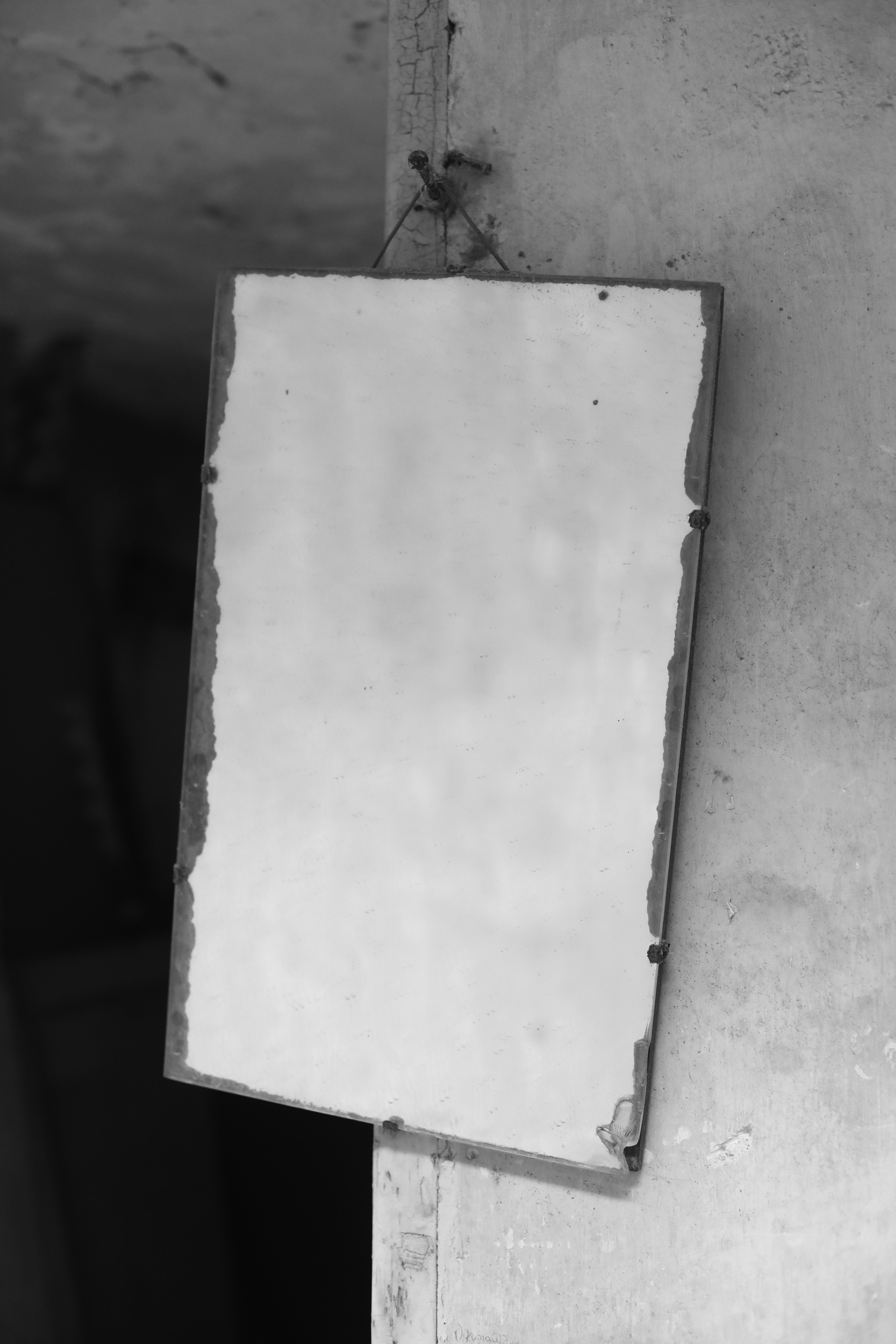
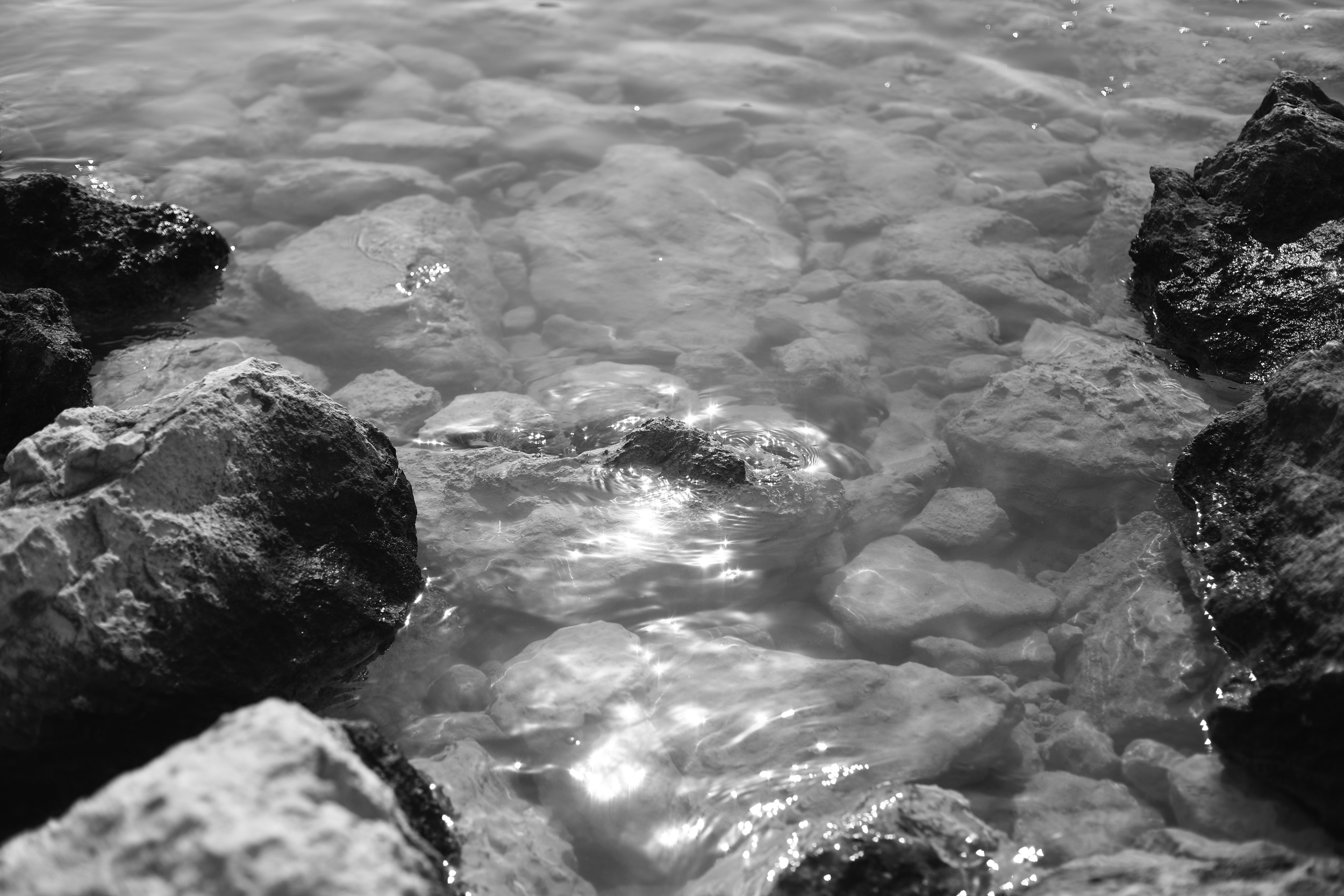

01 - Terebinth Tree, Apesia, Limassol District.
This tree is estimated to be 1500 years old and is likely the oldest living thing in Cyprus. Locally the tree is know as ‘Tremithos of Ai Yorkos’ (Terebinth of St George)
Although the word απαίσια in Greek, when the emphasis is on the middle syllable means ugly, the name of the village is pronounced in a different way, Απαισιά and the emphasis goes on the third syllable. The name Apesia is said to relate to the Apeso of Asia Minor. It is believed that the first inhabitants of the village came from Apeso.
In 2014 a painting by Degas worth an estimated £4.7M was stolen from a private collectors home in Apesia.
This tree is estimated to be 1500 years old and is likely the oldest living thing in Cyprus. Locally the tree is know as ‘Tremithos of Ai Yorkos’ (Terebinth of St George)
Although the word απαίσια in Greek, when the emphasis is on the middle syllable means ugly, the name of the village is pronounced in a different way, Απαισιά and the emphasis goes on the third syllable. The name Apesia is said to relate to the Apeso of Asia Minor. It is believed that the first inhabitants of the village came from Apeso.
In 2014 a painting by Degas worth an estimated £4.7M was stolen from a private collectors home in Apesia.
